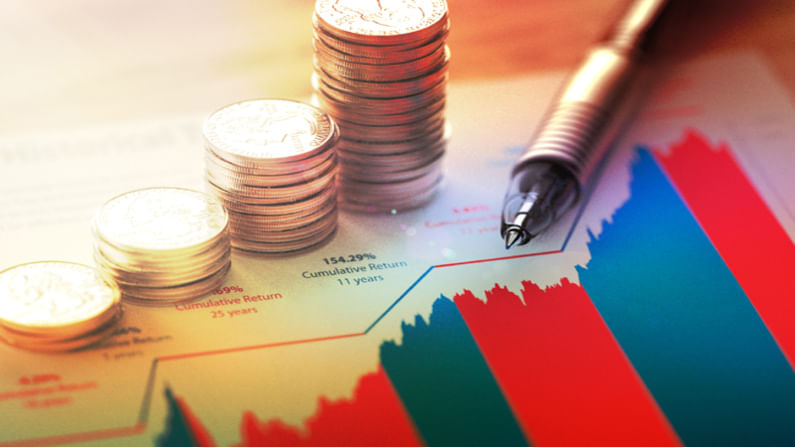Save tax by selecting a better ELSS Fund
Consider the fund's long-term performance before investing in an ELSS plan or systematic investment plan

We all want to accumulate wealth. But to do so, we must also maintain tabs on our expenses. There is, however, one cost that must be avoided: taxes. Funds like ELSS can be a good place to start if you aren’t sure where to look. Section 80C of the Income Tax Act allows ELSS to qualify for a tax deduction of up to Rs 1.5 lakh.
However, you should consider the fund’s long-term performance before investing in an ELSS plan or systematic investment plan. ELSS (Equity-Linked Savings Schemes) is an investment strategy that combines tax savings with a potential return. That said, before choosing any investment, an investor must first identify their financial goals and then narrow down a means for achieving those goals.
ELSS
During the three-year lock-in period, these plans cannot be sold, redeemed, or switched. To put it in perspective, ELSS has a much shorter lock-in term than PPF (15 years) and NSC (5 years), both of which are government-sponsored savings plans. Further, ELSS has a three-year lock-in period, making it the quickest and most lucrative traditional tax-saving strategy.
Equities-linked savings plans, as opposed to other investment options like sector funds, financial services, and infrastructure, invest across sectors and industries. As per the value research data, the ELSS has given a return of 63.53%, 18.58%, and 14.94% over one, three, and five years as of 27 September 2021.
Expense ratio
A fund’s expense ratio measures how much it costs the fund to manage its investors’ money. When making investments, investors should look at the tax-saving fund’s expense ratio. The high expense ratio of the fund implies that it has a lot of expenses. The cost-to-income ratio here ranges from 0.5% to 2.5%. Investing should be done with a fund that has a lower expense ratio and a higher return.
Importance of diversification
Different ELSS funds employ different stock exposure and diversification strategies to keep a balanced portfolio. Some funds invest a higher percentage of their total assets in fewer stocks, while others adhere to a more diversified investment approach. There is a direct correlation between investment risk and reward.
The risks associated with high-return mutual funds are greater, whereas those associated with low-return mutual funds are fewer. Determine your risk profile before investing in mutual funds to determine the appropriate tax-saving fund.
Returns
Select funds with care after thoroughly examining their consistency of performance over many market cycles and evaluating calendar year returns. Equity funds are expected to exceed their benchmark in rising markets while experiencing less loss when they decline. Funds with a consistent portfolio management strategy and consistent performance in the top quartile of funds with similar portfolios should be your first choice.
Fund manager
An investor can reasonably expect solid and consistent fund performance from a fund manager who has done well to continue in the future. Don’t only look at the fund manager’s past performance for this fund; look at all of their past performance. A change in the management of the fund does not affect the fund’s performance because decision-making procedures are predetermined.